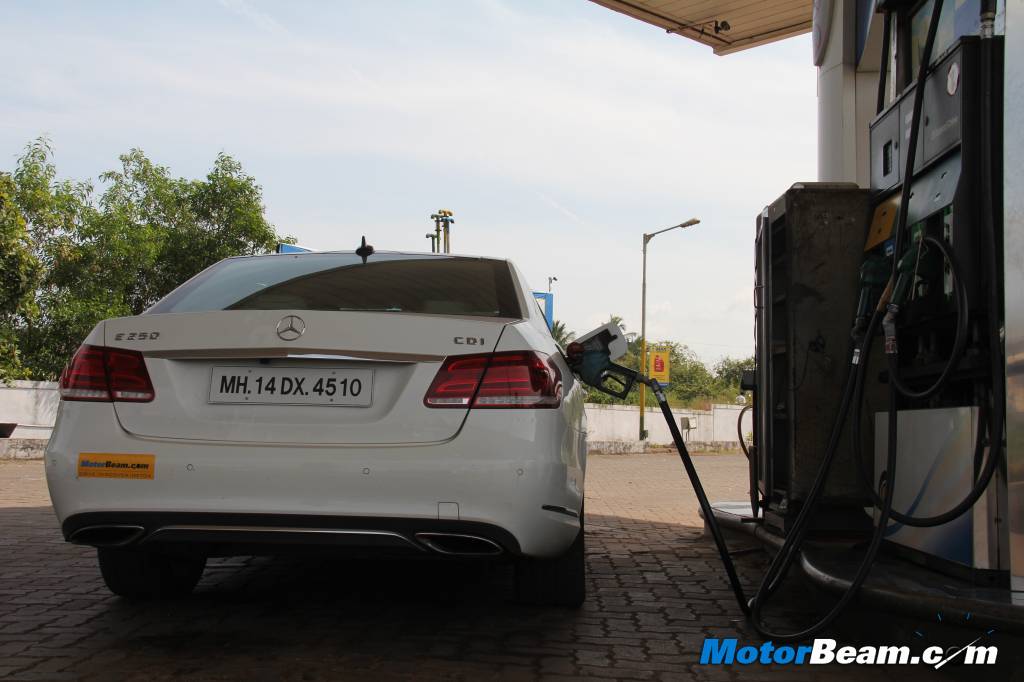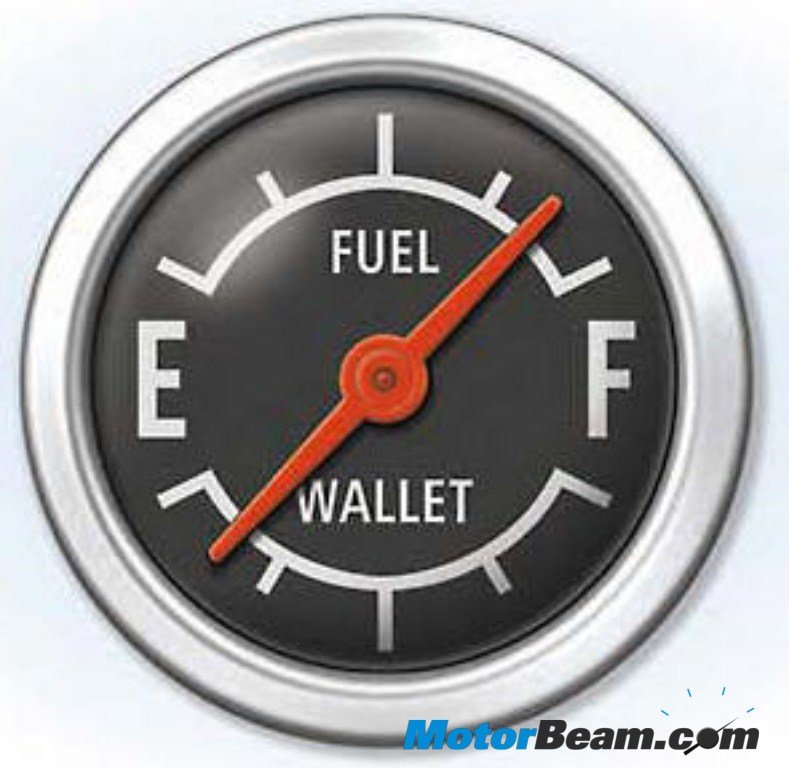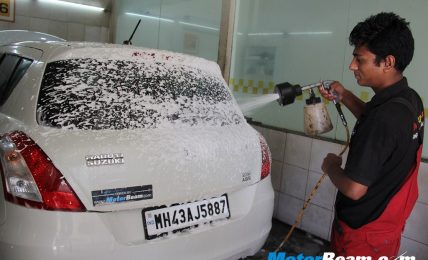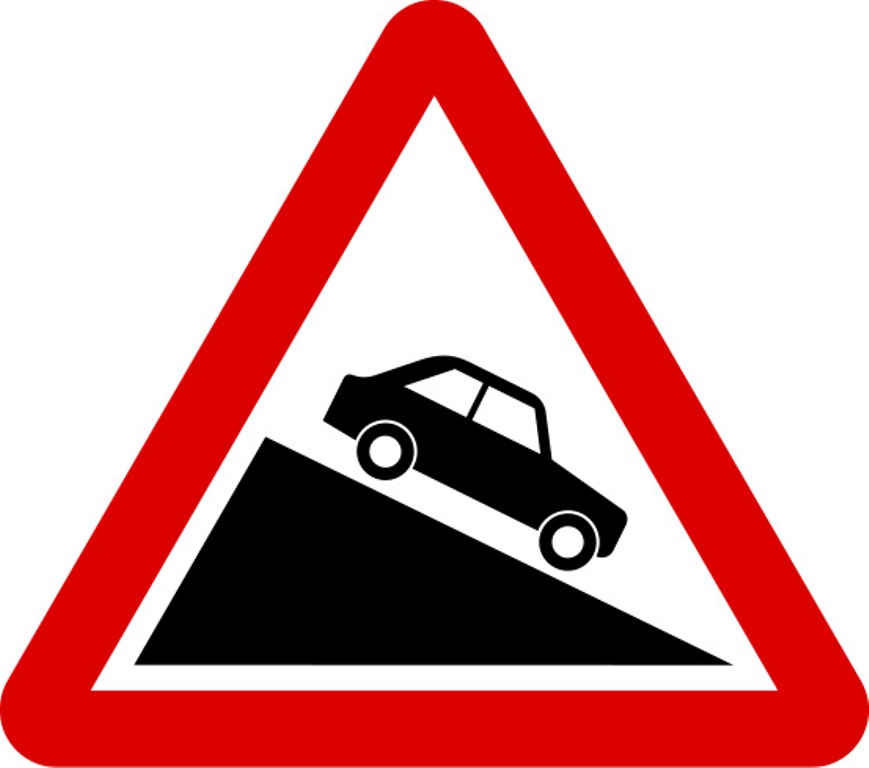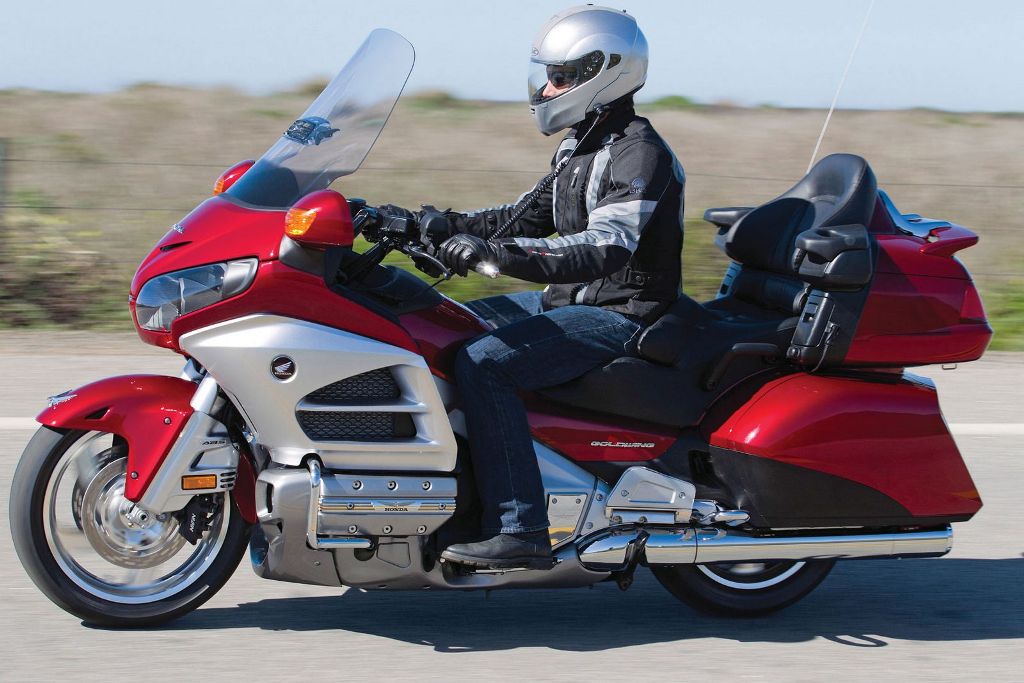You may have been suggested to opt for high octane fuel for your car saying that it increases your performance, give you better fuel efficiency, burns better leading less pollution and much more. In most cases, all of these attributes are true for high octane fuels, but does it make the same difference when filled in your car? We find out.
Octane rating doesn’t indicate how much power the fuel delivers; all grades of fuel contain roughly the same amount of heat energy. Fairly, a higher octane rating means the fuel is less likely to cause your engine to knock. The higher the octane rating, the more resistant the fuel is to uncontrolled combustion. Knock occurs when the part of the air-fuel mixture in your car’s cylinders instinctively due to compression, without the initiation of the spark plug. High-octane fuel is formulated to burn slower than regular fuel, making it less likely to ignite without benefit of a spark.
The first thing before filling up your car is to know the right octane of fuel needed for your car. The owner’s manual will tell you the right octane rating and you have to follow it to make sure the life of the engine stays optimum. It is better to purchase the regular fuel between 87 – 91 RONS. It has been proved that there is no significant increase in the performance of the engine from filling your car up with higher octane than required. Higher-performance cars often require premium fuel because their engines are designed for higher compression equalling to higher power, and regular fuel may cause knock. Our engines that are geared towards economy, essentially receive no benefits that high octane fuel can offer. Indian cars engines are tuned to adapt to lower octane fuels, whereas high octane fuels are needed for premium cars and complete imports that are not tuned for Indian conditions.
The real difference however is in the price of both the fuels. As of today the price for regular unleaded petrol in Mumbai is Rs. 81.31/- per litre, whereas the cost for premium fuels like Speed 97 is Rs. 105.1/- per litre. The difference between the two is almost of Rs. 24/-, which is equivalent to quarter litre of extra regular fuel that you could purchase on every litre. The only thing going faster here is money from your wallet. Another issue with high octane fuel is its availability, which is absolutely negligible outside major metros. You will do more harm by filling low octane fuel after regularly filling high octane fuel.
So don’t waste your money by filling up high octane fuel in your car. You don’t need it. Even octane boosters can damage your engine in the long run if overused, as they may leave deposits and do not offer any benefit. The sensible thing to do is fill fuel of the right octane rating as mentioned in your owner’s manual. Also if a clean engine is your concern, add some flush additives every time you change the engine oil, it will still be a cost effective option than high octane fuel.


